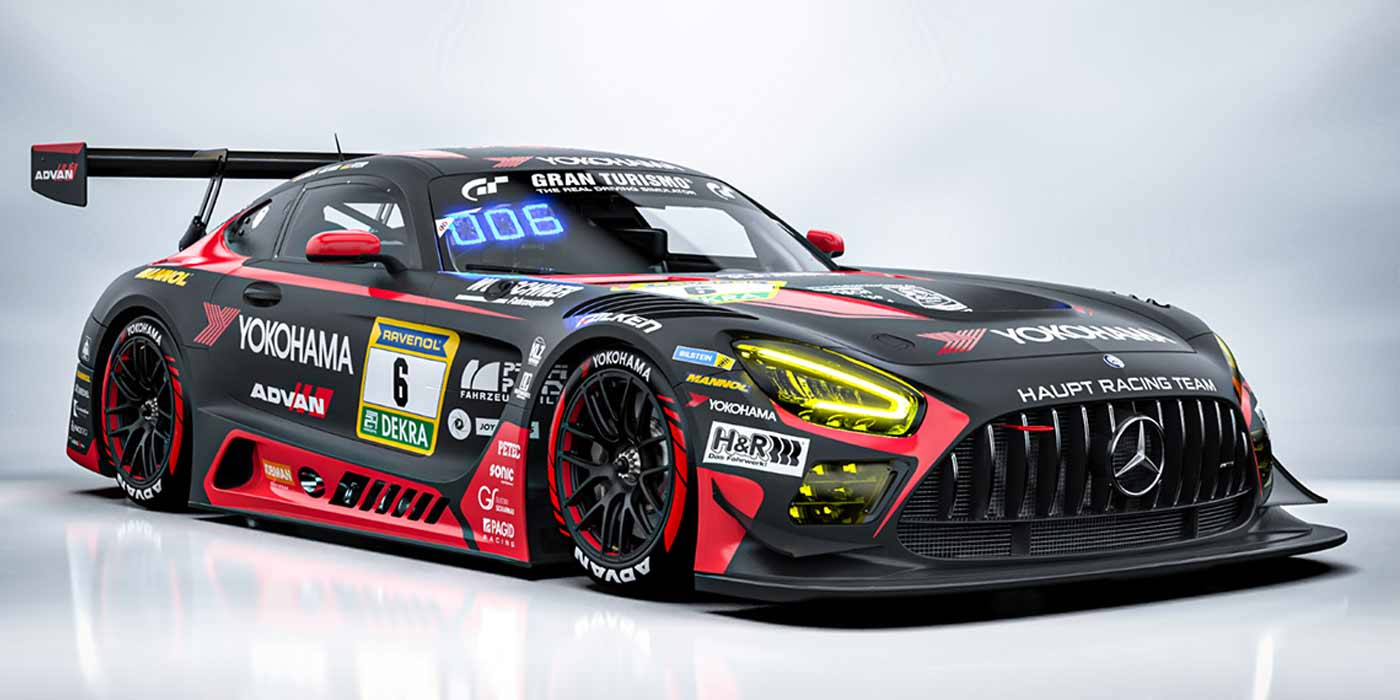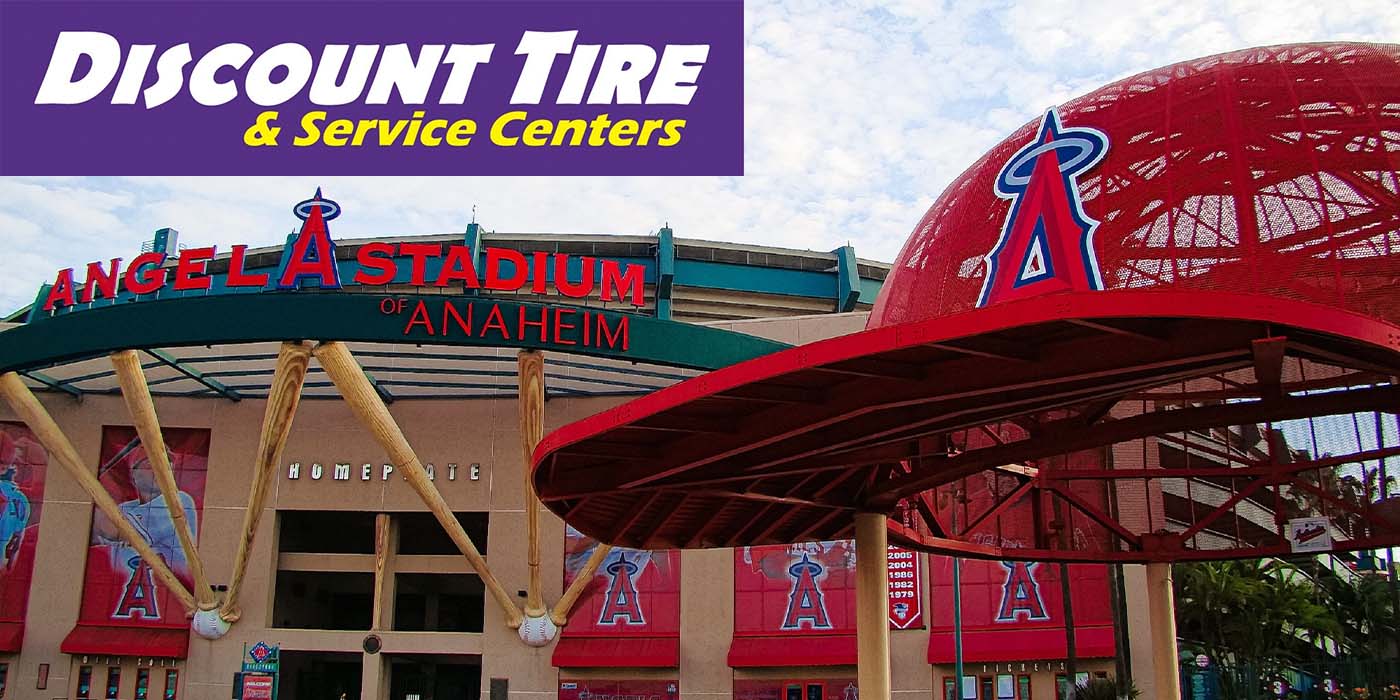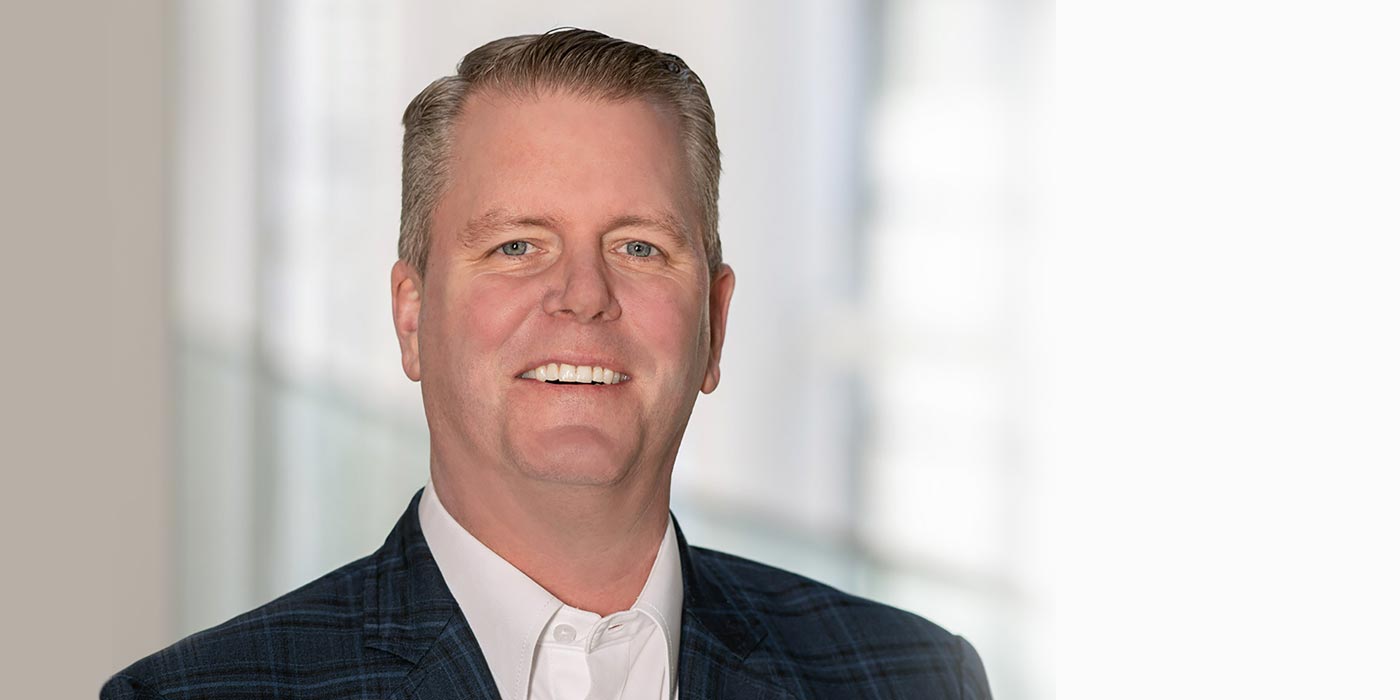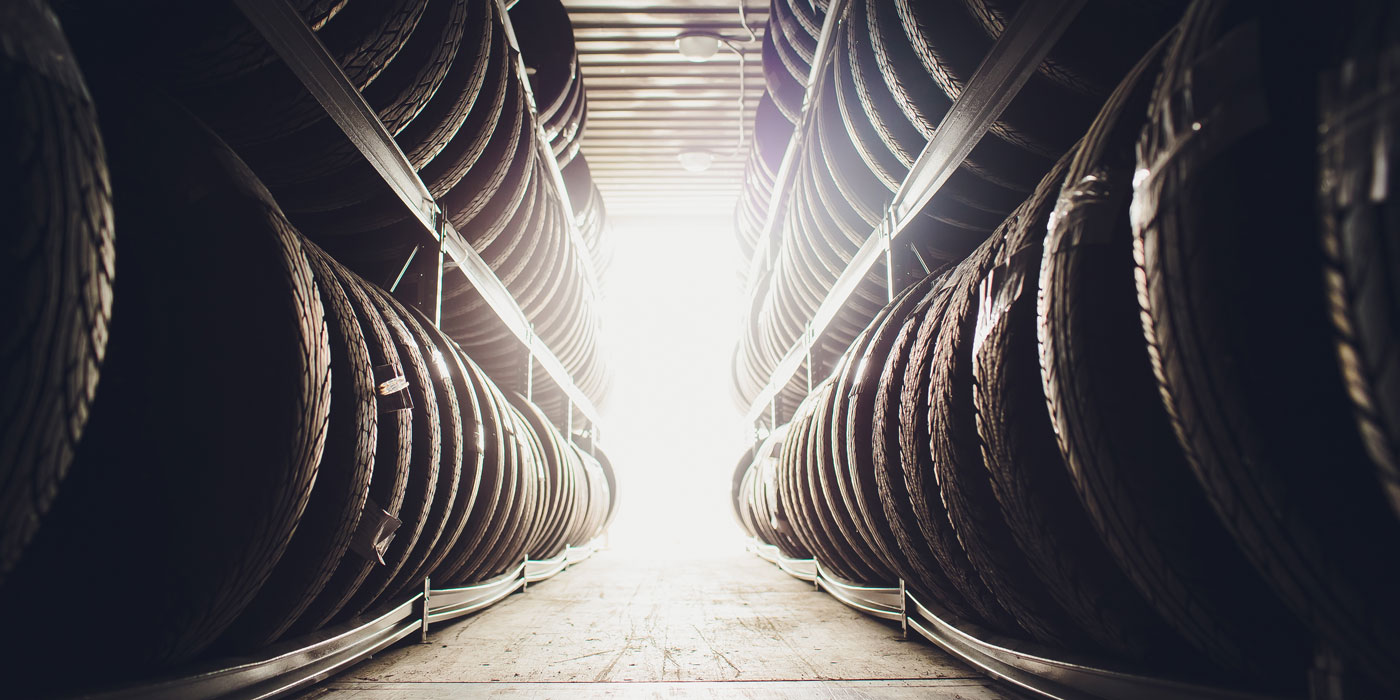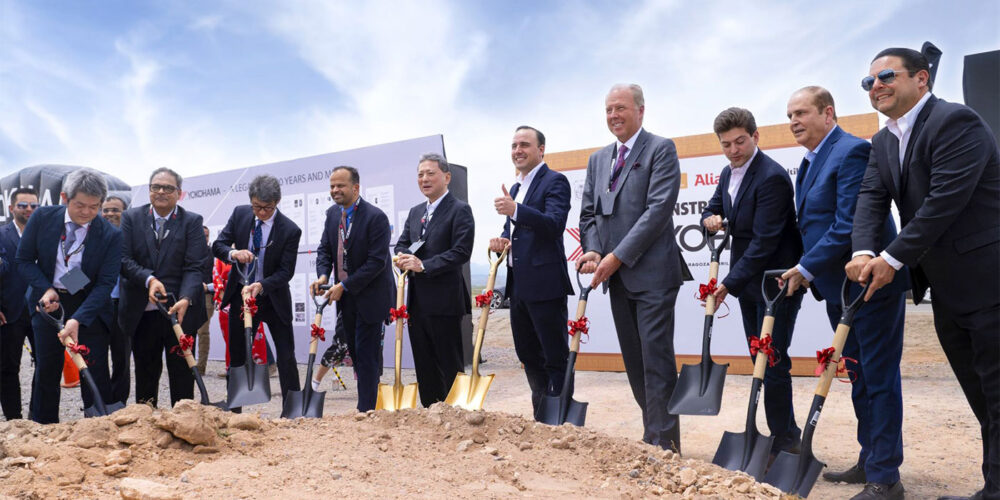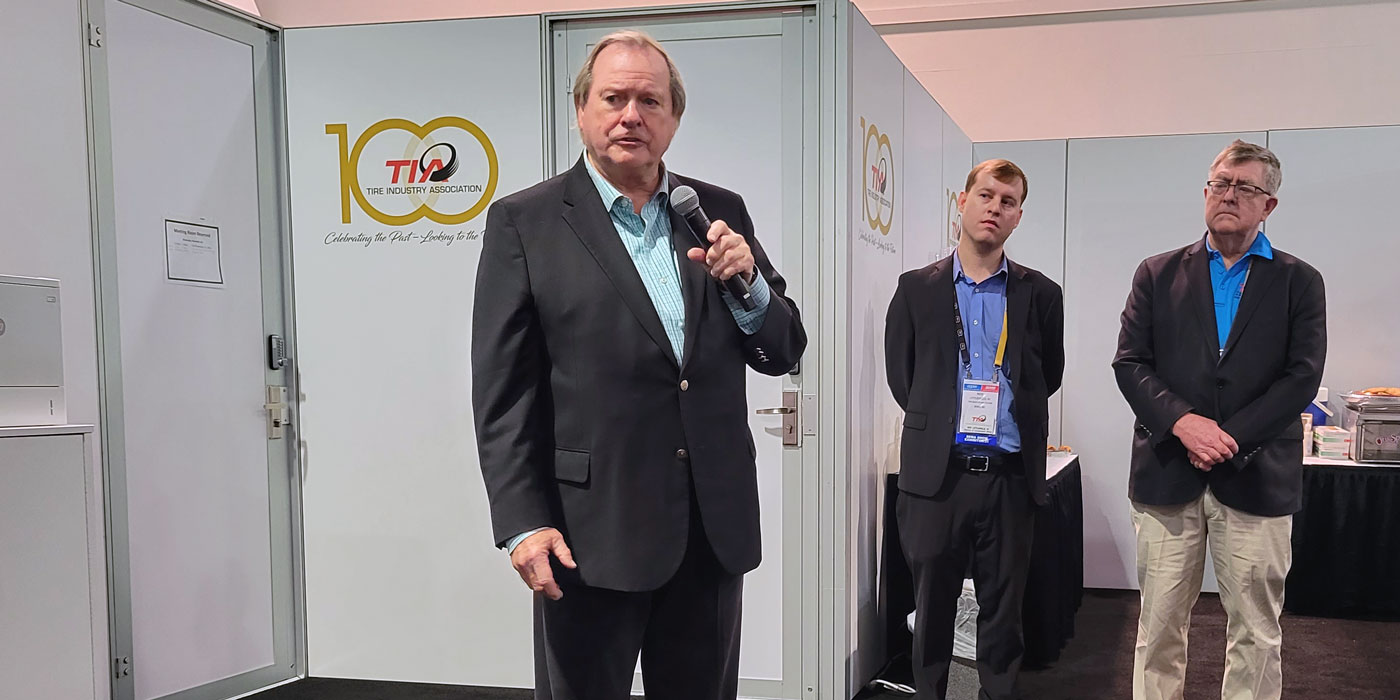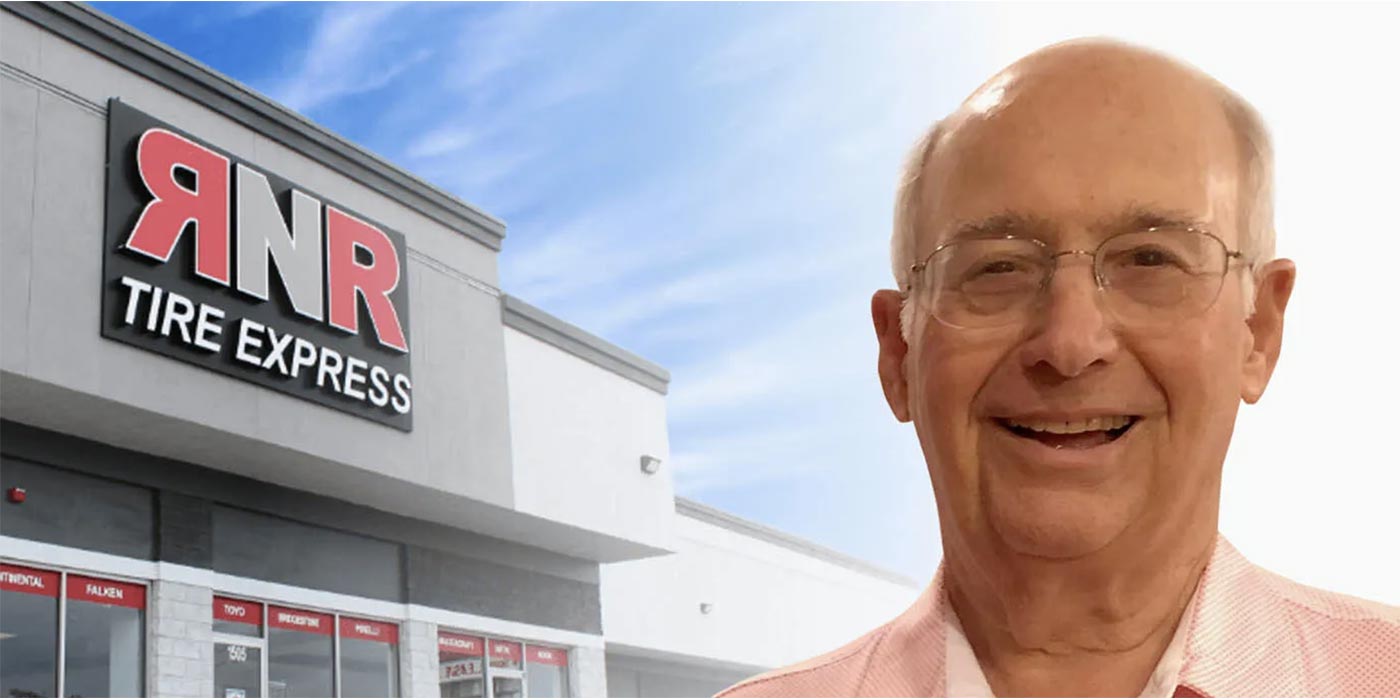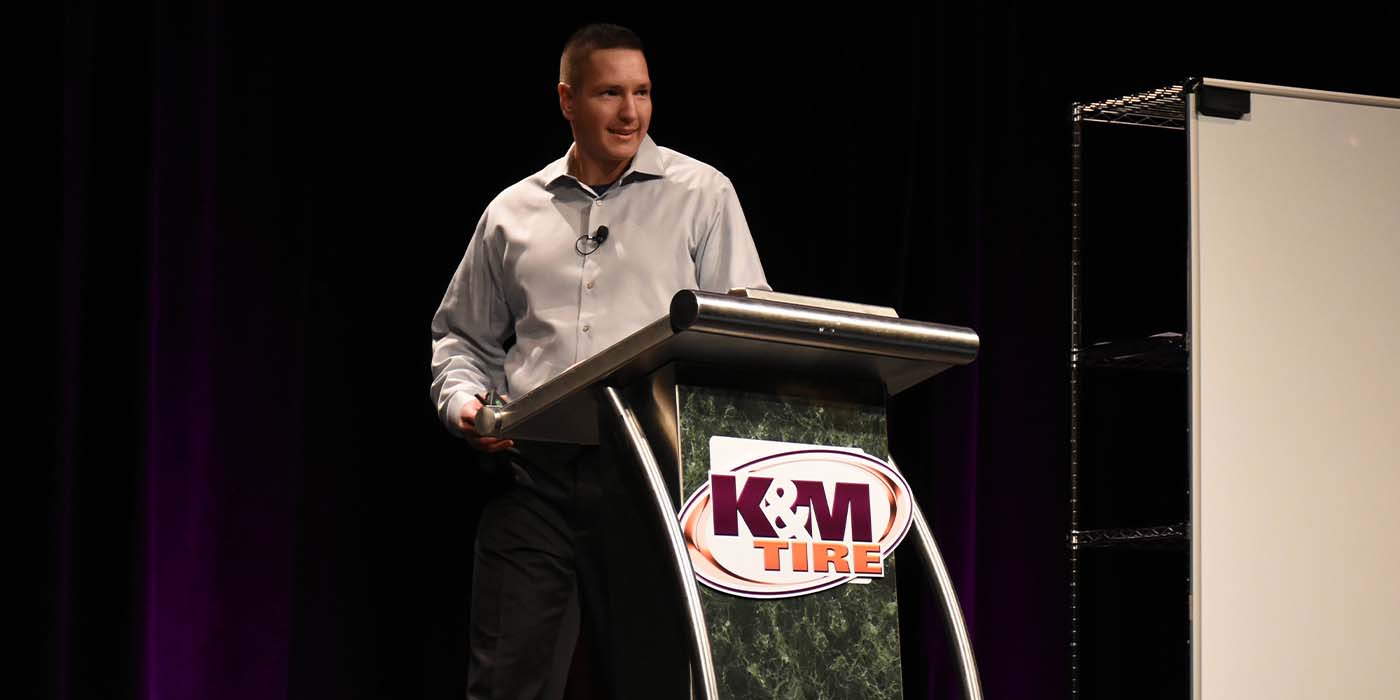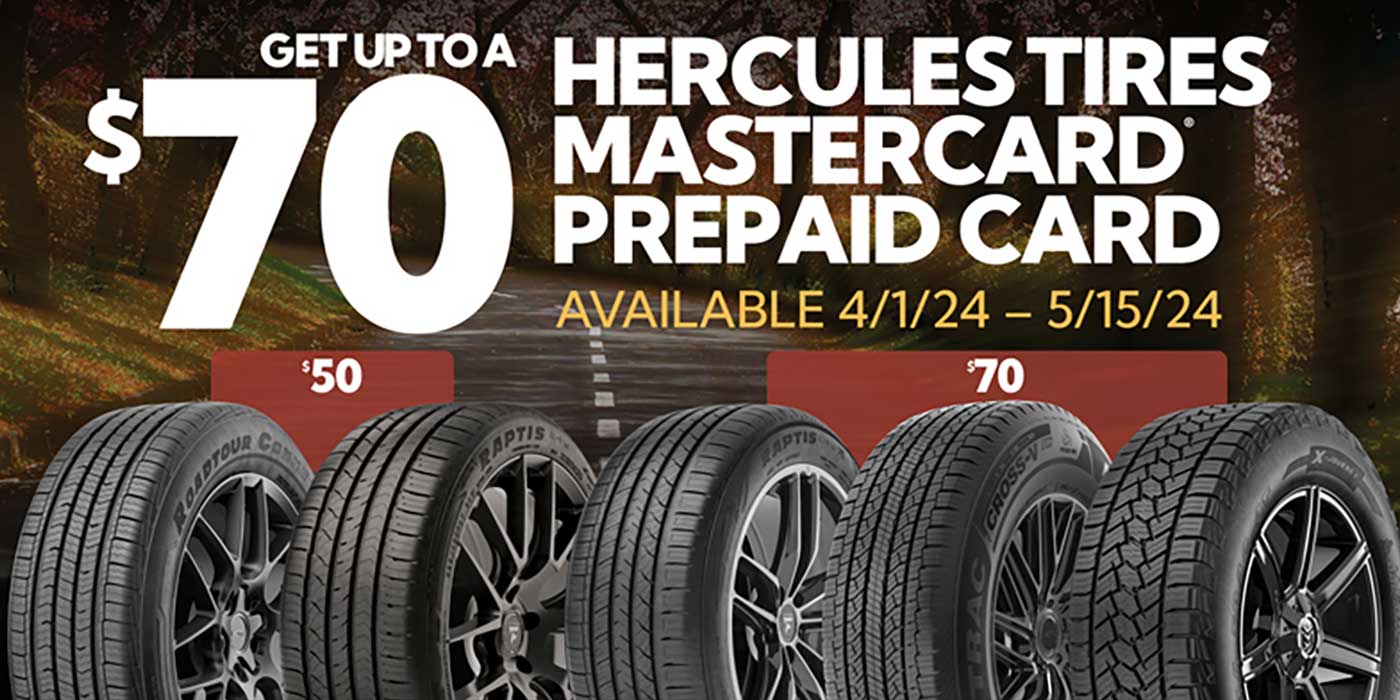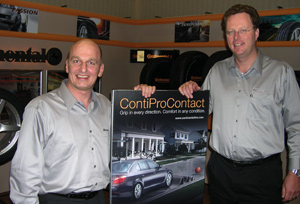 Plant closings, union battles, multiple management changes, low fill rates, irate dealers, shifting directions…the last five years have been difficult for Continental Tire North America. But, the past is the past. Since the appointment of Continental AG CFO Alan Hippe as president and CEO of CTNA in May 2005, CTNA officials point out, progress has been made.
Plant closings, union battles, multiple management changes, low fill rates, irate dealers, shifting directions…the last five years have been difficult for Continental Tire North America. But, the past is the past. Since the appointment of Continental AG CFO Alan Hippe as president and CEO of CTNA in May 2005, CTNA officials point out, progress has been made.
Even while it was sorting out its North American tire production issues, Andreas Gerstenberger, who joined CTNA in September 2003, was leading a virtual transformation of the company’s marketing and sales group. It was not, as he himself admits, a smooth road, and it wasn’t until 2005 that many key issues were settled.
Just last October, Matthias Schoenberg was appointed CEO (At the same time, Gerstenberger was elevated to executive vice president of sales and marketing for CTNA’s passenger tire group.), and, for the first time in many years, CTNA had a top executive totally focused on CTNA. Hippe, who retained the president’s title, remains at Conti’s Hanover, Germany, headquarters.
During CTNA’s recent Gold Select Dealer meeting in San Antonio, Tire Review sat down with Gerstenberger and Schoenberg (It was Schoenberg’s first tire industry interview.) to talk about the past year – positives and negatives – and what lies ahead for Conti in the Americas.
With potential growth in the General and Continental brands, do you feel you can meet your needs in North America with available production capacity here, in Europe and the new plant in Brazil?
Schoenberg: “We have one plant in the U.S. that is fully operational, and we have our plant in Charlotte, N.C. We have suspended tire production there, but we still have 200 people and warehousing there. We also have a huge plant in Mexico with 1,500 employees. Tires coming out of our Brazil plant require a longer lead time, to be sure, so we need to know a couple of months in advance what we plan to sell, what we normally do and what works well.
“So, for sure, the supply chain, for us, is a bit more demanding. But, our focus is to get high-value light truck/SUV tires out of plants in Mt. Vernon, Ill., and Mexico, and we are very confident that will continue. Long term? The future, with our strong presence in OE, very much depends on how the OE market is doing. As we discussed with our dealers today, the OE market, at least for us, is going down right now. So, all our long-term plans will depend on our OE customers. We feel very comfortable right now having three plants in the Americas, two in North America, with a long but very efficient supply chain.”
Gerstenberger: “I think you saw what we showed today in terms of plant investment in Mt. Vernon, and that is not coming by chance. That investment is going especially to the LT/SUV tire segment. We actually have two major machines being installed even as we speak, and they will be going into production in June/July. And, there is more to come. We have the space at Mt. Vernon to expand.”
How does Conti view China as a manufacturing base, especially in terms of the North America market?
Schoenberg: “Conti doesn’t look at China as a manufacturing base for export. We look at it for manufacturing for the China market. So, all our ambitions in China depend on how we see the market: how we see the OE market developing there and how we see the replacement market developing. As it has been also announced, we are looking for a site in China for tire manufacturing, but we do not intend it to be for export.”
Gerstenberger: “Our mission is to do what’s best for the customer and for our company. When we look at shipments around the world, we look at so-called ‘landed costs’ for a certain region. We came to the conclusion, with a lot of analysis, that, for North America, it is better to have our facilities there or very close by. Supply-chain costs are very different in Europe compared to China. If you are exporting from Europe, you pay one freight cost, but if you are exporting from China, you have to pay two costs because of the empty containers returning to China from the U.S.”
Fill rates have been a major issue for Conti, and this was a point you made at last year’s Gold Dealer meeting. How have things changed, and what can dealers expect from Conti in terms of fill rates moving forward?
Gerstenberger: “At the Gold meeting last year, we took a very honest and open approach to tell our dealers and media where we thought we were. I think we addressed very honestly the strengths and weaknesses we see in our corporation. If you look today at our brands and product portfolio, we now have a very clearly defined strategy of where Conti is and where General is. You saw the powerline concept of the Altimax, which not only reduces the complexity for our customers on the retail side but also for us on the manufacturing side. I think forecasting together with the customer on the Altimax line is, by far, easier than it was in the past with five different lines in that segment. That is going to reduce the complexity for the dealer and for us, and we think that will help increase fill rates. On top of that, we have instituted a platform concept in our manufacturing, which is the back side of reducing complexity in our plants and improving fill rates. All of our new lines, whether they are Conti or General, are going to be platform orientated, with different platforms for different performance criteria, and we are going to be more into the powerline concept. So, you won’t see a short line anymore with five or 10 SKUs. Those make life – and forecasting – very difficult. How is our fill rate doing today? If you look at our new lines, then our initial and monthly fill rates are at acceptable levels for us. Is it outstanding? No, it is not. Why is it not outstanding? Because as Matthias said, we are working on changing our manufacturing structure in the Americas. Over the last three years, we took more than 60% of the local production in the U.S. and put it in other facilities in Brazil and Mexico. That those moves had an impact on fill rates was not a surprise. Moving forward, I think our lines and brands, from manufacturing and forecasting perspectives, are in better positions. It will still take some time before we can say we are leading edge.”
Schoenberg: “We have also eliminated a couple of private brand lines over the past few years, which freed up capacity for strategic lines we sell to retailers.”
Gerstenberger: “Yes, last year, we shipped our last private brand tires in this country. We have no private brands left. We have Conti, General and our associate brands. We are proud of those things we have accomplished in the last months and years, but with our feet on the ground, we still have work to do.”
Management stability has also been a dealer concern. Talk about what we can expect from your sales, marketing, logistics and customer-service teams. And, what can we expect in terms of top executive security here?
Schoenberg: “To be sure, I am the first person for many years who has taken this as a full-time job and has no involvement with the executive board in Hanover. My predecessor and his predecessor were both on executive board in Germany and had to split their time and attention. Me being here now full time – having moved my family and bought a house in Charlotte – really creates a CTNA team with a dedicated CEO who will stay here for years and years and years.
“The other side of the equation is the sales and marketing team. We do have some relatively fresh faces, in terms of personnel within CTNA, but there are also experienced people like Carl Casalbore and Travis Roffler.”
On the executive side, you have Matthias, and on the other, you have the sales and marketing group. In terms of dealers, is this the right approach now?
Gerstenberger: “First of all, we are a global corporation that has its headquarters on a different continent. There has to be a lot of interaction between regions, whether it’s North America or Asia, with the headquarters in Europe. So, whoever you are from a management perspective, at a certain level, you have to be part of that network if you want to accomplish certain things. That doesn’t mean you have to be German, but you have to be part of that network.
“To come back to your question, I see myself as being a little bit in the middle. Of course, I was born in a different country, but I have lived here for more than six years. I have started to build a team on the marketing and sales side with a lot of new faces, but not all of them inexperienced faces. Our plan is to have a local strong management team. Local doesn’t mean nationality. Local means living in the U.S. and managing the business here. I think in recent years, we have also started to develop better bench strength in the middle-management area, whether it’s in Charlotte or the field. I got the green light to hire more people, to invest in marketing. We hired more people on the sales side; again, these positions did not exist a year or two ago. With Matthias’ help, I am trying to be focused on our area. There is more than enough to do in the U.S. and Canada with many areas to concentrate on them 150%. Matthias’ position as 100% CEO for Conti here gives us the air cover, if you will, from a management perspective, to add more resources, to look at problems with more people and different perspectives and also have the freedom and time to concentrate on the replacement market in the U.S. and Canada. There was a lot of turnover in the past; there is no question. We had a lot of CEOs here – sometimes part time, sometimes not so part time. But, I think, at this point in time, we have the best solution.”
Schoenberg: “When you consider the four Ps – people, product, place and pricing – what a change the company made over the last few years to be where we are today. We are focused on creating consistency and value for the retail base and reliability, confidence and consistency in pricing. I think these are issues Conti could not have talked about convincingly here three years ago. But, we could not have made those changes without changing people. This is really the reason Andreas took on a lot of new people – people with tire knowledge – with a track record of creating confidence in the market and how to position premium products in the market. You cannot change the spirit of the company with the same people. I am quite sure we increased the quality of the management. And, we now have a consistent team and strategy for the future.
“Also, it is important to mention that we now have divided the Conti passenger and light truck tire division into two. We have Europe and the Americas. We don’t talk about a NAFTA group anymore or have South America reporting to Europe. Our office is now responsible for North and South America. This will give us more consistent focus on the Americas. The company as it is now is nothing like the company in the past. Whether you call it management instability or say that we found our way, I think we have found our strategy. And, we have two years of success behind us. Last year was a very, very good year.”
Gerstenberger: “We gained trust, not everywhere to the last degree, but I think you could see among our dealers that we have a higher level of trust. And, we also gained trust with other stakeholders in management and among investors. If you look at the questions our president Alan Hippe is getting today about our business operations in North America and compare them to the questions we were getting two or three years ago, there are almost no questions anymore because people are starting to believe and see that things are moving in the right direction. Once again, foot on the ground, we aren’t completely done yet, but we are moving forward. And, that is only possible because we are getting the right people in place, whether it’s in sales, marketing, production or engineering. And, this talent is here in Charlotte. I do not believe in nationalities. I believe that, if you live in a country, you have to understand it and accept that there are other ways of doing things. If we are able to combine our German engineering excellence with the American way of marketing products, that gives us a leading edge in this industry that I don’t think other companies can follow – if we do it right.
“I think the Altimax powerline, to close this loop, is one example of this. We took a creative idea and an excellent product and put a marketing story around it in an American way to address the consumer. It is not perfect yet, but I really meant what I said at the closing of the meeting today – I am proud of the team. I am really happy to be here. And, we need people like Matthias giving us the overall umbrella because there is still much to do.”
The General brand has been receiving a lot of attention. Talk about where you ultimately see that brand positioned in the market and what you are going to do to get it there.
Gerstenberger: “As we said today, if you want to concentrate on retail in this market, you have to ask yourself: As a company, do you want to be a niche player, or do you want to cover all segments? If you have decided that you believe in the ‘good-better-best’ buying behavior of the American consumer, then you have to pick a strategy that matches that approach. If you look at our brand portfolio, you have the Conti brand very clearly positioned in terms of product/performance/fitments in the premium category. We have to do some marketing work there to make it better known. If you look at the middle category and the entry category, then we have a brand that has been around for 91 years, with a strong American heritage and a very broad background that we didn’t use. The American consumer, if you go to SEMA, goes from the very extreme UHP driver to a very conservative F150 driver. Between those two extreme points, you have a variety of different applications, brands, price points, or products. The General brand, with a certain OE position – not a big one – is a perfect nationally known brand that gives us the opportunity to explore that market.
“There is an important distinction if you look along the value chain. Even today, the consumer has high awareness of General, and the consumer very often forgets things after a certain period of time. The dealer has, or had, a different perception of the General brand for different reasons. To start to revitalize the brand, two years ago, we launched the Exclaim UHP and Grabber UHP to prove that General is not just out there but that it can change something. Those two lines, in the marketplace just two years, are outperforming others in their categories. And, a lot of people who have driven on those tires are very surprised after experiences in the past. We know we have to overcome hurdles that are bigger on the dealer side than the consumer side. To get dealers on our side, we have to give them a product portfolio that is not only quality but a leader in features/benefits for that product category. That’s what we tried to do with the Exclaim UHP and the Grabber UHP and now with the Altimax. We don’t just want to meet the expectations of the dealer; we want to exceed them to re-earn the trust of the dealer for the General brand. The heritage, the awareness, of the General brand is proven. But, we have to gain the dealer back.
“You saw the new General logo we revealed today. The logo alone would just be a marketing story without proof behind it. So, we tried to combine that with our new products. Once again, foot on the ground, it’s not perfect yet, but I think it’s a better story to tell. Just launching the logo is one thing. The logo, the products, the promotion, the selling features, everything around the brand, with people – consumers and dealers – being excited, that is how we are trying to approach it.”
Matthias, you have been on board now since October. What has been your focus as CEO? What have you concentrated on most?
Schoenberg: “One thing has been, as Andreas explained, the role and direction for General tire. The other thing has been the expansion at Mt. Vernon and the labor negotiations. We took a reduction of benefits, so we had to introduce those plans. The Brazil plant is now getting up to speed. There have been many things to focus on.”
Let’s talk about the past 12 months’ successes and shortcomings and what you plan to do to address them.
Gerstenberger: “For 2006, the market was down 3.5%-3.6%. We had the second year in a row without heavy marketing support for new product launches. If you look at the results at the bottom line, we increased sales in dollars by 17% and winter tire business by more than 30%. We kept our volume stable compared to 2005, and we gained marketshare, especially in UHP and performance segments. We sold a lot of new Contis and Generals compared to 2005, and we added new people to our team.
“Where do we still have areas for improvement? I strongly believe our strategy overall for the Americas now is the right strategy. Sometimes we don’t think we are fast enough in executing, and that has to do with supply chain restructuring efforts on one side and trying to conquer the market in certain segments on the other. We still have a lot of room for improvement, and we made some mistakes last year. We were not perfect in operational aspects, including the sales force. Forecasting can be better. Supply-chain operations and our fill rates in all segments have to be better. I think that was something that was not so great.
“But, as we discussed, we now have the right strategy, I think, for this market. We have the products. We have the people. We have the programs. We have to now earn the dealer back. And, I think we will do that.”

